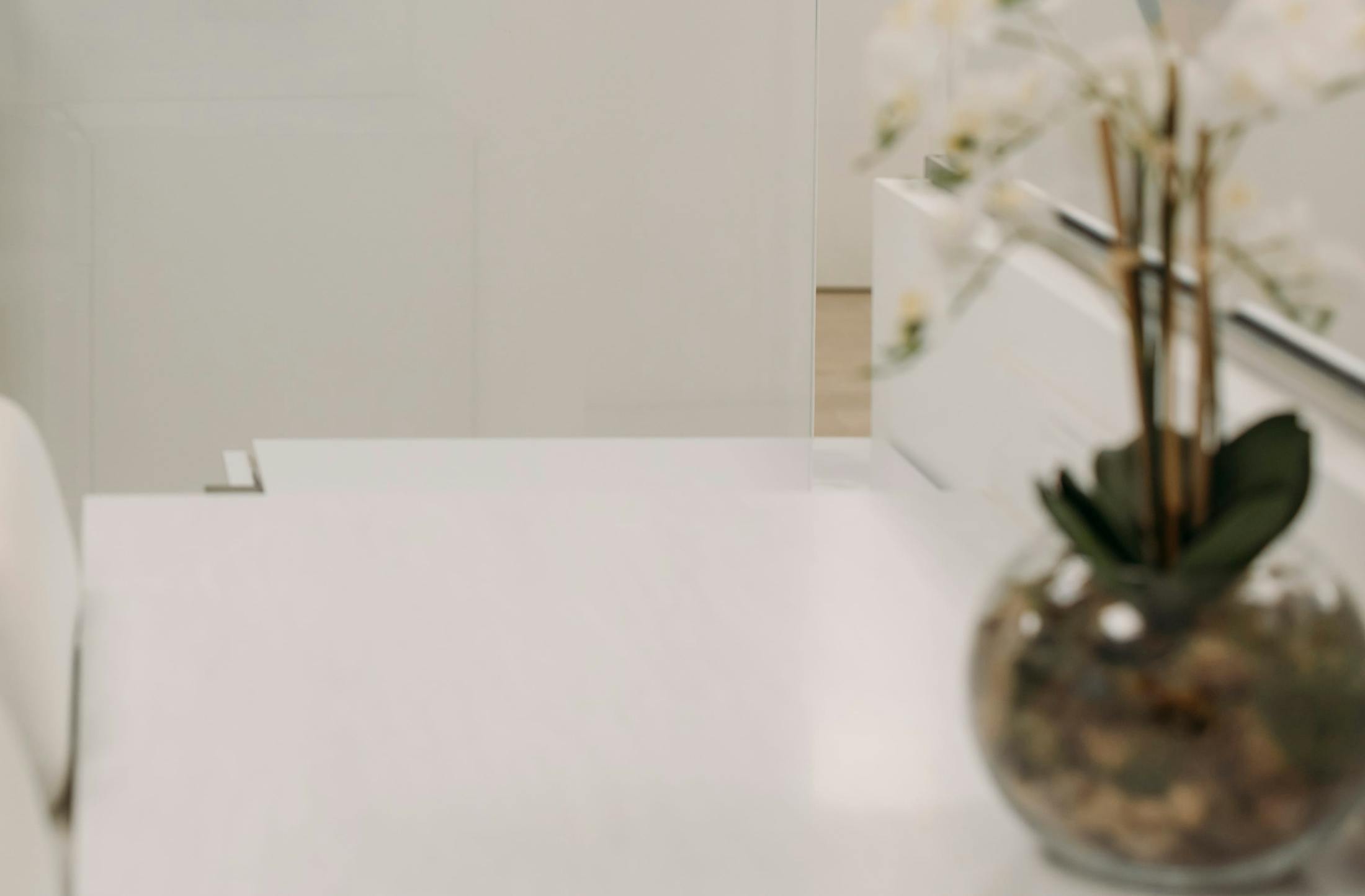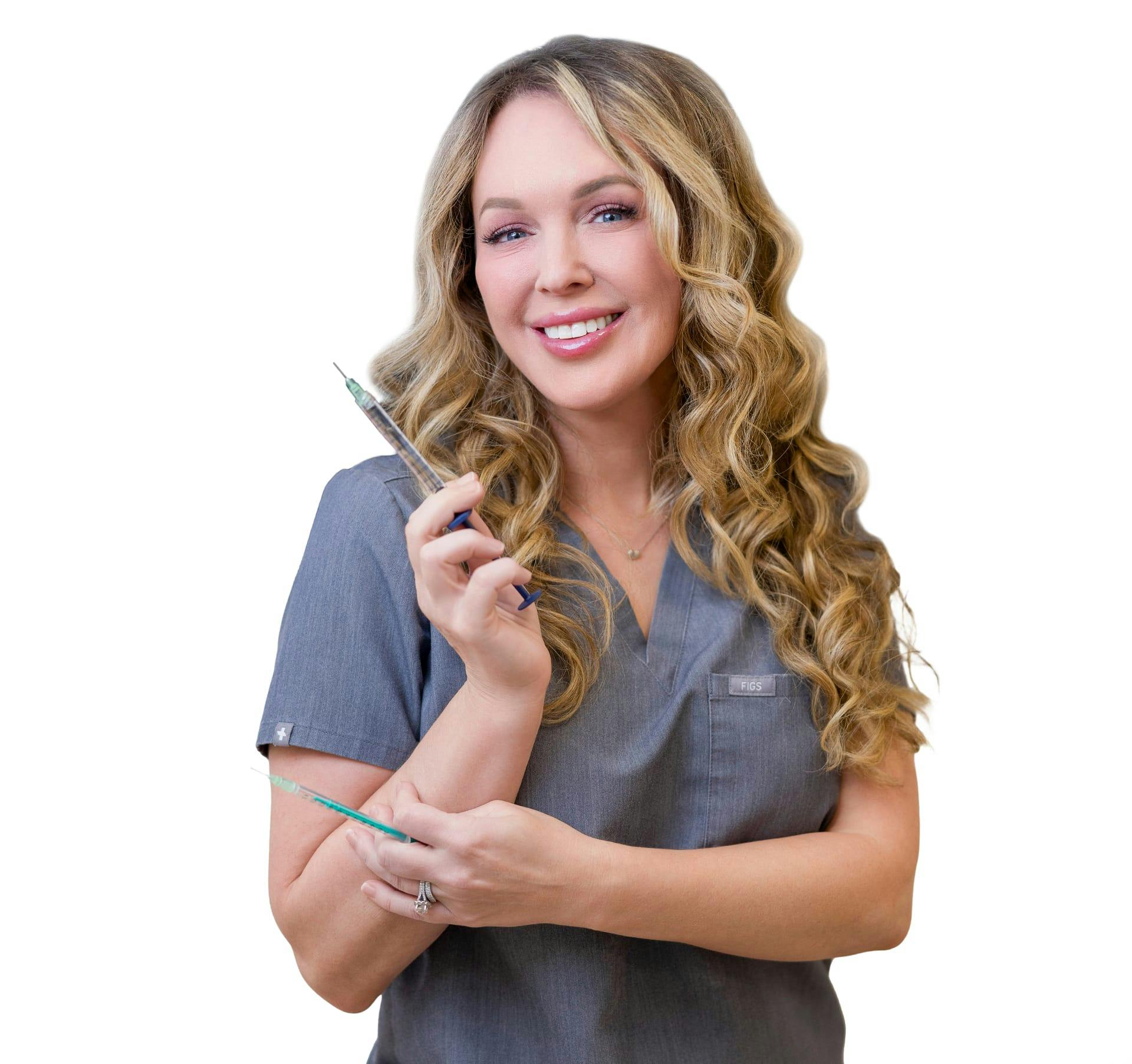If you’re wrestling with uneven texture, fine lines, or persistent spots on your complexion, a chemical peel is a great treatment to rejuvenate your skin.
What Is a VI Peel?
VI Peel is a medium-depth skin resurfacing chemical peel that stimulates collagen production and increases cellular turnover. Chemical peeling agents resurface the skin by inducing a controlled wound and thus removing superficial layers of skin. As a result, VI Peel promotes the growth of a new, healthy top layer of skin and improves common skin concerns like fine lines and wrinkles, hyperpigmentation, uneven texture, and skin impurities and irregularities.







